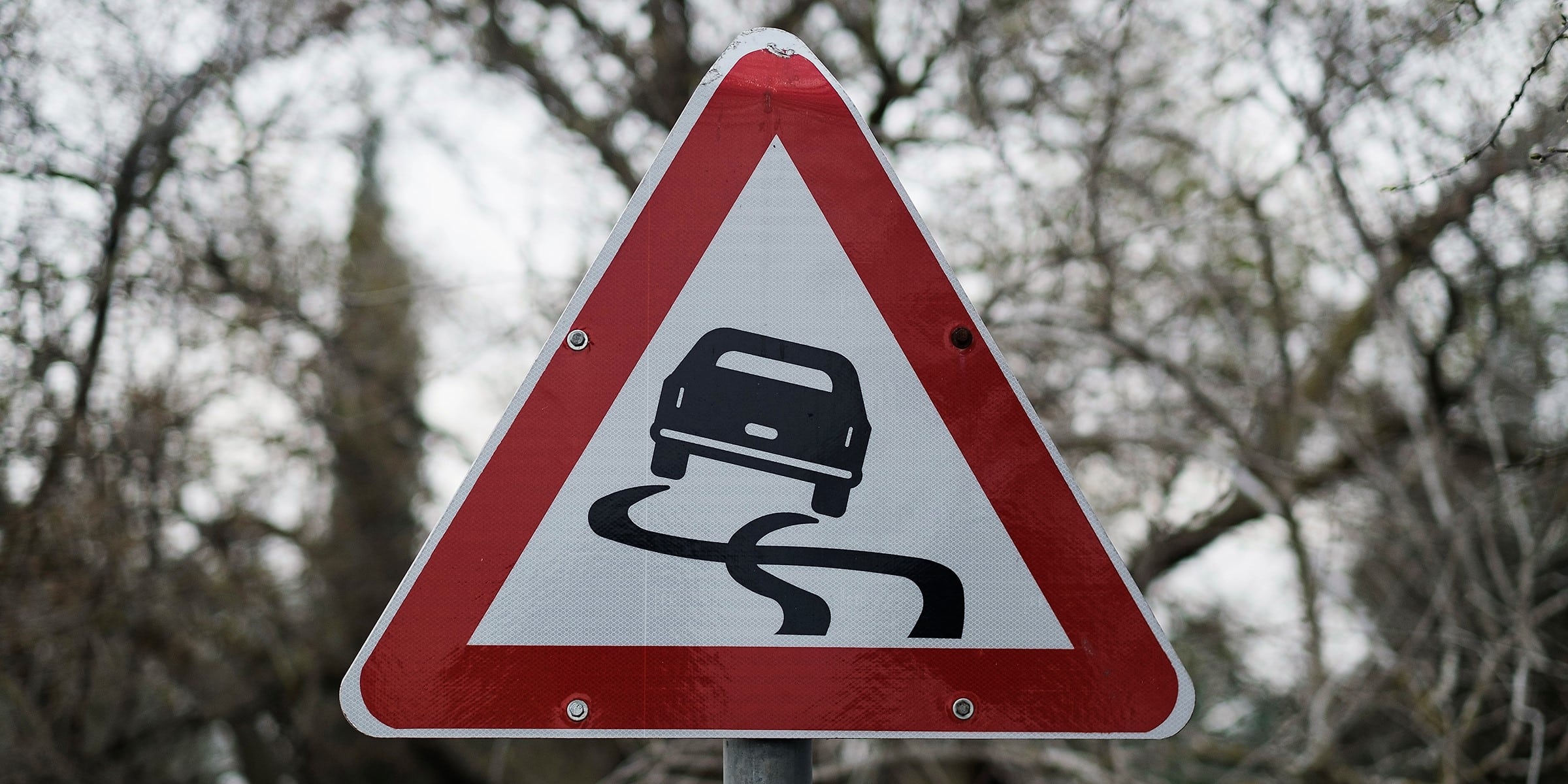New Auto Braking System Rules Expected To Save Lives, Reduce Crashes And Injuries
June 21, 2023 | Article by Chain | Cohn | Clark staff | Tips & Information Social Share

A federal transportation agency is proposing a new rule that would require all vehicles to have automatic emergency braking systems in an effort to reduce traffic fatalities.
Automatic Emergency Braking and Automatic Pedestrian Detection systems, which use sensors to detect when a vehicle is about to crash and then automatically applies the brakes to prevent or mitigate the crash, would save thousands of lives and prevent millions of injuries each year, according to the National Highway Traffic Safety Administration.
The new regulation would be phased in over time, with all new “light vehicles” being required to have these systems by 2026. Approximately 90% of new vehicles are equipped with some type of automatic emergency braking system. NHTSA estimates that this regulation could prevent up to 24,000 crashes and save 360 lives each year.
“Every year, thousands of people are killed or injured in traffic crashes. Automatic emergency braking and automatic pedestrian detection systems are two of the most effective technologies available to prevent these crashes,” said Matt Clark, managing partner and top-rated accident attorney at Chain | Cohn | Clark. “We need to urgently implement new regulations that will require all vehicles to be equipped with these systems. It’s time to save lives.”
According to NHTSA, AEB systems can reduce rear-end crashes by up to 40%, and APD systems can reduce pedestrian crashes by up to 20%. In addition to preventing crashes, AEB and APD systems can also reduce the severity of crashes that do occur. For example, AEB systems can help to reduce the speed of a vehicle at the time of impact, which can help to prevent serious injuries or fatalities.
The new technology is expected to be particularly effective in preventing crashes involving pedestrians and bicyclists. According to the U.S. Department of Transportation, 70% of pedestrian fatalities occur at night. The new technology will be able to detect pedestrians and bicyclists at night, even when they are not wearing reflective clothing.
The new technology is also expected to be effective in preventing head-on collisions. Head-on collisions are the deadliest type of crash, accounting for nearly 25% of all traffic fatalities. The new technology will be able to detect oncoming cars and automatically brakes to avoid a collision.
The new high-speed crash-avoidance technology uses a combination of sensors, including radar, cameras, and lidar, to detect other vehicles, pedestrians, and bicyclists. The technology then uses this information to calculate the risk of a collision and automatically brake to avoid a crash. The technology is expected to be effective in a variety of driving conditions, including at night, in rain and snow, and in heavy traffic.
The regulations would require that these systems meet certain performance standards in order to be considered compliant.
In addition to saving lives and reducing injuries, the technology is expected to reduce the amount of property damage in traffic crashes and improve traffic flow by reducing the number of accidents and delays.
“This new high-speed crash-avoidance technology is just the beginning of a new era of safety in transportation,” Matt Clark said. “As the technology continues to develop, it is expected to become even more effective in preventing crashes and saving lives.”
———
If you or someone you know is injured in an accident at the fault of someone else, or injured on the job no matter whose fault it is, contact the Bakersfield car accident attorneys at Chain | Cohn | Clark by calling (661) 323-4000, or fill out a free consultation form, text, or chat with us at chainlaw.com.
